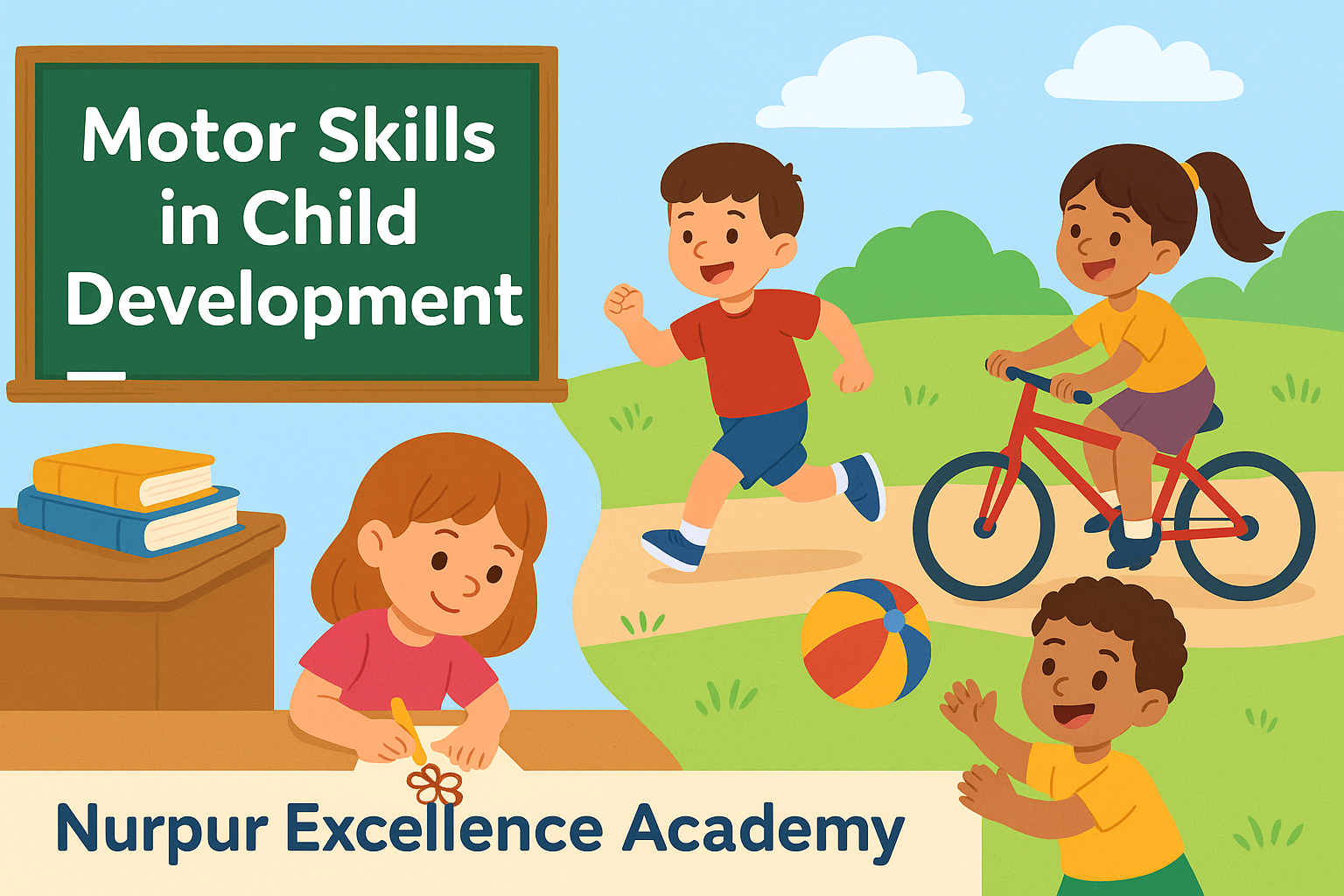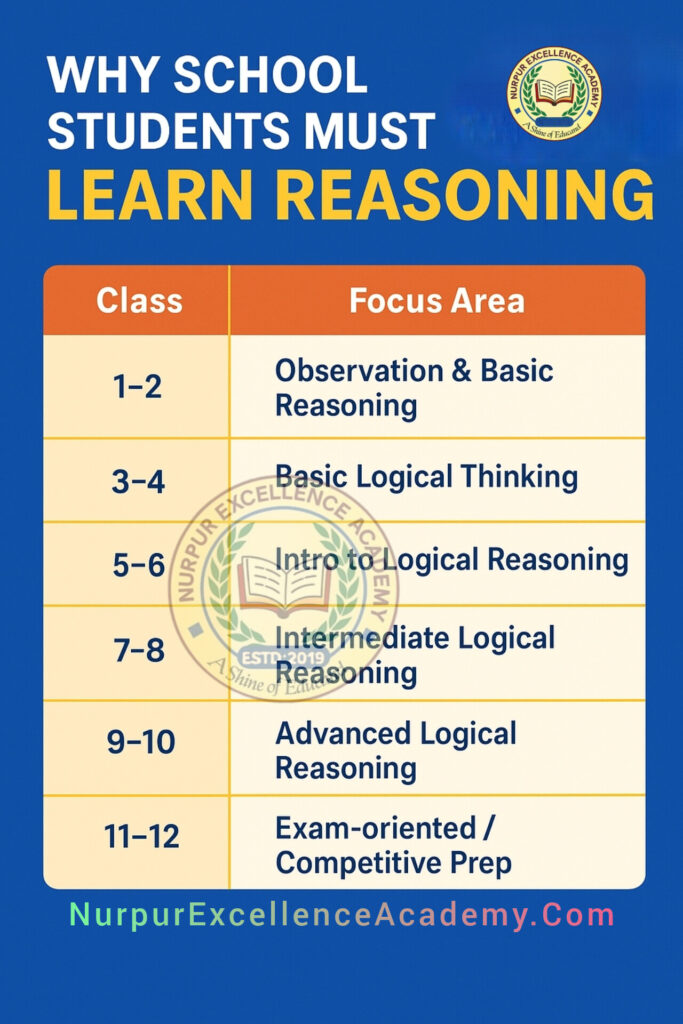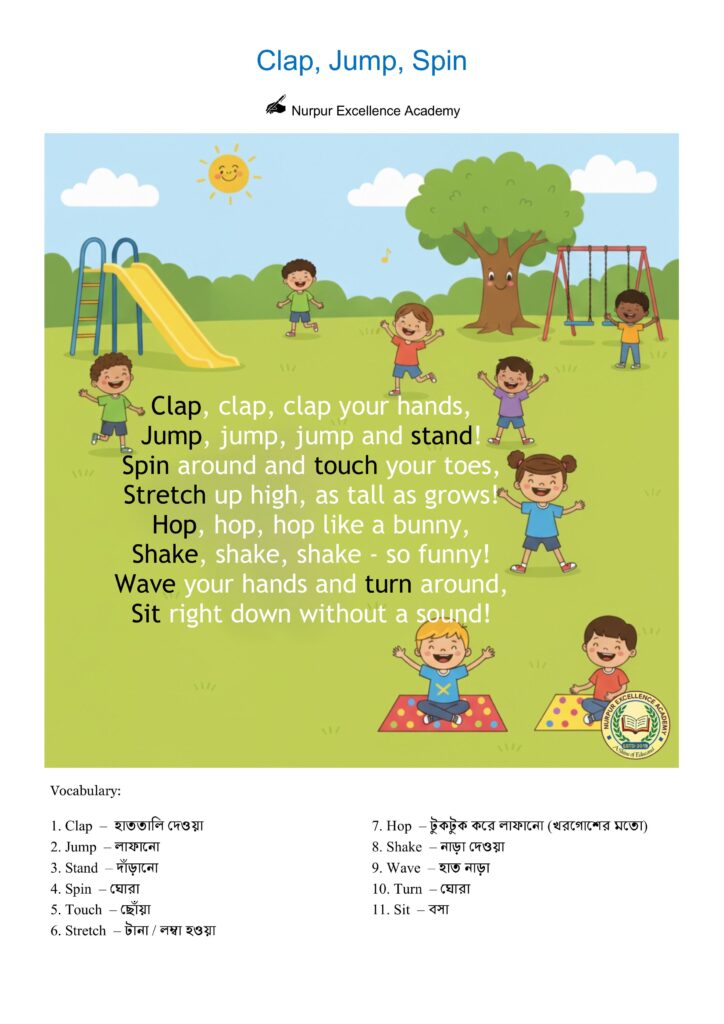Learn about motor skills in child development. Discover gross and fine motor skills, examples, importance, and how parents can help children improve every day.
🧩 Motor Skills in Child Development: A Complete Guide for Parents
🌱
When it comes to child development, academic learning is important—but physical skills and everyday tasks are equally essential. One of the key areas that shape a child’s growth is Motor Skills. As a parent, understanding motor skills and their importance will help you support your child’s journey to becoming confident, independent, and capable.
✅ What Are Motor Skills?
Motor skills refer to the ability to use muscles, bones, and the nervous system to perform movements.
Simply put, it is the ability to move the body—hands, feet, or fingers—to complete a task.
Motor skills are of two main types:
- Gross Motor Skills – Using large body parts (arms, legs, back, shoulders).
- Fine Motor Skills – Using small body parts (especially fingers, wrists, and eye-hand coordination).
🏃 Gross Motor Skills: Explanation & Examples
Gross motor skills involve large muscle groups that help with strength, balance, and coordination. These skills develop early and form the foundation for physical activity.
✅ Common Examples of Gross Motor Skills
- Learning to walk
- Running on the playground
- Riding a bicycle
- Jumping
- Throwing and catching a ball
- Swimming
- Climbing stairs
- Skipping rope
- Racing with friends
- Participating in sports and physical games
✍️ Fine Motor Skills: Explanation & Examples
Fine motor skills involve smaller movements that require precision and coordination, especially using the hands and fingers. These are essential for academic tasks and daily self-care.
✅ Common Examples of Fine Motor Skills
- Writing with a pencil or pen
- Drawing and coloring
- Buttoning clothes
- Pulling up a zipper
- Eating with a spoon or fork
- Cutting paper with scissors
- Building with blocks or Lego
- Using a mobile or tablet touchscreen
- Tidying up toys
- Coloring within lines in a drawing
📊 Motor Skills at a Glance
| Type | Explanation | Examples |
|---|---|---|
| Gross Motor Skills | Using large muscles (arms, legs, back, shoulders) for movement and balance | Walking, running, cycling, jumping, swimming |
| Fine Motor Skills | Using small muscles (fingers, wrists, eyes) for precise tasks | Writing, drawing, buttoning, eating, mobile use |
📌 Why Are Motor Skills Important for Children?
✔️ Support healthy physical growth and balance
✔️ Build self-confidence and independence
✔️ Improve focus and academic performance
✔️ Encourage teamwork and social skills through play
✔️ Make daily activities easier and more enjoyable
🎯 How Parents Can Help Develop Motor Skills
👣 For Gross Motor Skills:
- Encourage outdoor play and physical activity
- Give children opportunities to walk, run, and cycle
- Allow them to play in open fields and playgrounds
- Motivate them to join school sports or competitions
✋ For Fine Motor Skills:
- Provide building blocks, Lego, or puzzle toys
- Encourage drawing and coloring
- Teach small responsibilities (buttoning clothes, tidying toys)
- Allow them to eat independently with spoons and forks
- Practice cutting paper into shapes with scissors
🏫 Our School’s Approach
At Nurpur Excellence Academy, we believe education goes beyond textbooks. That’s why we focus not only on academic excellence but also on developing motor skills, creativity, and confidence in every child. Through sports, art, craft, and hands-on activities, we ensure holistic growth and a joyful learning environment.

📖
Motor skills are a vital part of child development. By supporting your child in developing both gross and fine motor skills, you are helping them grow into confident, independent, and capable individuals who are ready for the future.




Leave a Reply